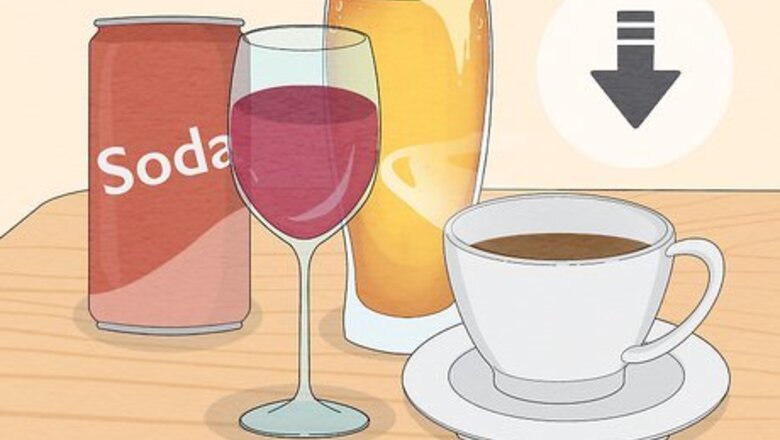
views
- To manage symptoms, cut back on alcohol and caffeine and eat a high-fiber, low-fat diet. Double-void your bladder while urinating to reduce urges and frequency.
- Ask your doctor about alpha-blockers or 5-alpha reductase inhibitors to target and shrink your prostate via medication with minimal side effects.
- Discuss minimally invasive procedures like Transurethral Microwave Therapy (TUMT) to remove prostate tissue and alleviate symptoms.
Managing Symptoms with Lifestyle Changes

Cut back on alcohol, caffeine, soda, and artificial sweeteners. Carbonation, caffeine, sweeteners, and alcohol can irritate the bladder, worsening urinary symptoms like frequent urination. To help, reduce the daily amount of coffee, caffeinated tea and soda, and alcoholic beverages you consume (especially after dinner). Try to drink no more than 200 milligrams of caffeine daily—about the amount in 2 cups of coffee. That’s about half the maximum amount for a healthy adult. Reduce your alcohol consumption as much as possible. Drink no more than 2 alcoholic beverages per day or 14 drinks in a given week.
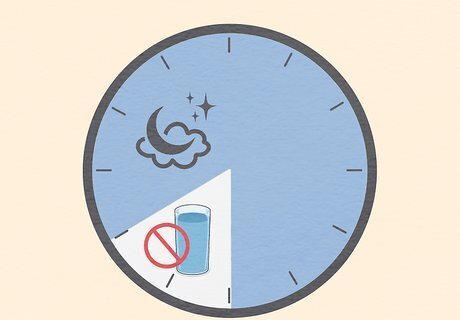
Drink less liquid in the 2 hours before bed. Cut back on water, tea, juice, and other beverages in the evenings before you go to sleep. Going to bed with an empty bladder can help you avoid urinary discomfort and frequent urges to use the bathroom overnight. Increase your fluid intake earlier in the day to make sure you are staying hydrated overall. Aim to drink at least 15.5 cups (3.7 liters) of fluid a day. If you exercise strenuously or the weather is very hot, increase your fluid intake to avoid dehydration.

Eat a fiber-rich, low-fat diet for regularity and to lessen symptoms. Eat more fiber-rich foods, such as fruit with the skin on, vegetables, lentils, nuts, beans, and whole grains to ward off constipation. Constipation can worsen enlarged prostate symptoms and put additional pressure on your bladder. Aim to consume a wide variety of fruits and vegetables daily, including at least 1 serving of citrus fruit. Fiber-rich produce includes broccoli, apples, pears, carrots, Swiss chard, raspberries, and strawberries. Most men need 30-38 grams of fiber per day, depending on their age. While fiber supplements are safe, they can cause constipation. Aim to get your fiber from your diet rather than supplements whenever possible. For protein, choose lean sources like chicken and fish over red meat or fatty cuts. High-protein intake with a low-fat diet is linked to a decreased risk of an inflamed prostate.

Aim to get at least 30 minutes of aerobic physical activity per day. While the exact link between exercise and the prostate is unclear, multiple studies have shown that regular aerobic exercise, like brisk walking, is related to improved outcomes for men diagnosed with prostate illnesses. If your lifestyle is largely sedentary, start small—try going for short walks, then gradually increasing the duration of your workouts in 5-10 minute increments. If you’re already quite active, try more intense aerobic workouts like swimming, cycling, or running. Performing kegel exercises may also help alleviate urinary symptoms from an enlarged prostate. Maintaining a healthy weight through diet and exercise can relieve excess pressure on the bladder and urinary system, also helping to reduce symptoms of an enlarged prostate.
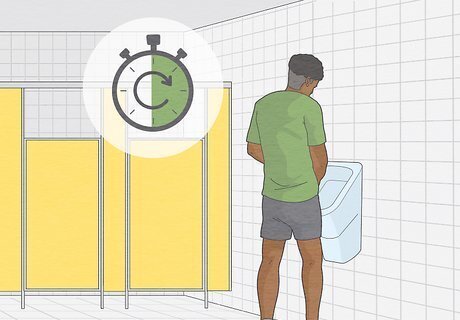
Use the double-voiding technique to empty your bladder fully. Wait about 30 seconds after you’ve finished urinating, then try to urinate again. Avoid straining or pushing. This can help you empty your bladder fully and reduce the frequency of UTIs and the need to use the restroom. Use this technique before bed, traveling, or other times when you know you’ll be unable to easily access a restroom for a long period of time. If your enlarged prostate is causing incontinence issues or leaks, consider wearing absorbent pads or underwear inside your underwear until urinary symptoms improve. Some providers may recommend doing bladder training exercises to combat frequent or sudden urges to urinate. Ask your doctor about specific exercises and techniques that may benefit your symptoms.

Consult your doctor about side effects of your current medications. Talk to your doctor if you notice urinary troubles after starting another medication for an unrelated condition. Certain decongestants and antidepressants may aggravate urinary symptoms or cause prostate enlargement. Your doctor can advise if there is a different medication you should try that would manage your condition without causing prostate problems. Avoid stopping any prescribed medication or switching to a different medication without consulting your doctor.
Using Medication to Reduce Symptoms

Note any symptoms of an enlarged prostate, like frequent urination. Look for a weak stream of urine, dribbling at the end of urination, or an increased need to urinate at night. You may also have difficulty starting urination or need to strain to empty your bladder. If you notice these symptoms, make an appointment with your doctor for an official diagnosis. Less common symptoms include urinary tract infections (UTIs), not being able to pee, or blood in your urine. These symptoms could indicate benign prostatic hyperplasia (BHP), or an enlarged prostate, but also may be caused by other bladder and kidney conditions. Note that the size of the prostate is not directly related to the severity of the symptoms. A slightly enlarged gland could cause major symptoms, while a very large prostate may only cause slight symptoms.

Ask your doctor about alpha-blockers if you have trouble urinating. Alpha-blockers can relax muscles around the bladder and prostate, which helps increase the flow of urine when you use the bathroom and keep you from needing to urinate too frequently. Always take alpha-blockers, like tamsulosin, as directed by your doctor and let them know of any worsening symptoms or side effects. While adverse side effects are infrequent, alpha-blockers can cause dizziness. The good news is, they typically help relieve symptoms within a few weeks. Most alpha-blockers are safe to take with other medications. Consult your pharmacist for any potential drug interactions with your current medication regimen. Mirabegron and anticholinergic medications can also help relax an overactive bladder and the muscles around it, making it easier to urinate at normal intervals. Your doctor may decide to prescribe diuretics to increase daytime urination, and desmopressins to slow urine production at night.
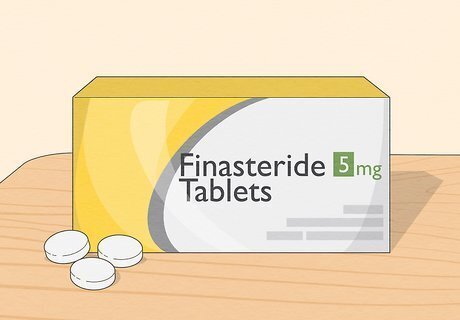
Ask about 5-alpha reductase inhibitors to shrink a very enlarged prostate. 5-alpha reductase inhibitors (5-ARIs), also called enzyme-inhibitors, limit your body’s production of dihydrotestosterone (DHT), which may be responsible for abnormal prostate growth. These medications can lower the overall volume of your prostate, as well as alleviate urinary symptoms and reduce your risk of needing surgical intervention for your prostate. The two most common and effective 5-ARIs are finasteride and dutasteride. They can take many months to improve your symptoms, as the prostate tissues shrink gradually over time. 5-ARIs may be prescribed along with alpha-blockers for a treatment called combination therapy, in which both drugs work together to shrink the prostate. Like alpha-blockers, dizziness is the most common side effect. Talk to your pharmacist to make sure your 5-ARIs will not interact negatively with your current medication regimen.
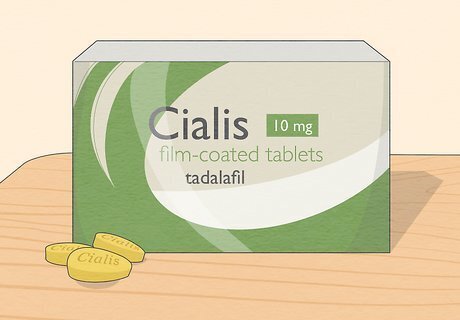
Try Tadalafil if you also have erectile dysfunction (ED). Talk to your doctor about Tadalafil (Cialis), an erectile dysfunction drug, which has shown to be effective at also relieving urinary symptoms from an enlarged prostate. While you do not have to have ED to try tadalafil, an enlarged prostate and ED are both common in aging men. If you suffer from both, this drug could resolve multiple symptoms. The way that tadalafil relieves urinary symptoms is not fully understood, but adverse effects are infrequent. The most common are back pain and headaches. How long tadalafil takes to work on symptoms can vary from person to person. Discuss what to expect with your doctor. Tadalafil is not recommended with some other medications, including nitroglycerin. Consult your pharmacist for any potential drug interactions that may affect you.
Considering Surgical Treatments

Consider Transurethral Microwave Therapy (TUMT). Discuss TUMT with your doctor if you have trouble with straining, urgency, or intermittent urine flow. This in-office procedure uses microwaves to destroy select portions of prostate tissue that are causing urinary blockages. TUMT will not correct any bladder-emptying issues and is best for mild-to-moderate prostate blockages. Most discomfort from TUMT can be managed with topical anesthetic and oral pain medication in the doctor’s office.
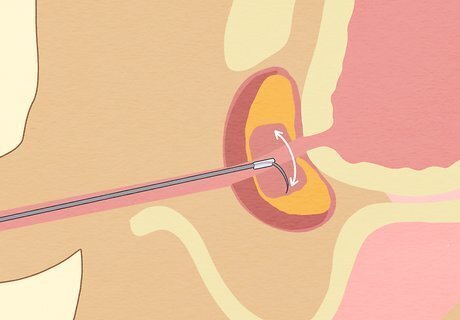
Discuss Transurethral Radiofrequency Needle Ablation (TUNA) for flow. Ask your doctor about TUNA, which destroys problematic tissue with high-frequency radio waves for a better flow of urine. The procedure involves needles being inserted directly into the prostate to target tissue compressing the urethra. This procedure is often done in a hospital setting but does not require a hospital stay. Local anesthesia is used to manage pain. Some side effects are possible after the procedure, including painful or frequent urination for a few weeks. Complication rates are very low for this minimally invasive procedure, and it’s considered an effective and safe treatment for symptomatic BHP.

Consider a holmium laser treatment (HoLEP) to avoid incisions. With this procedure, a laser fiber is inserted through the urethra to vaporize (ablate) sections of the prostate that are blocking the urethra. The procedure may take longer than more invasive surgeries do, but generally involves shorter hospital stays and recovery time. Most often, only 1 night of hospitalization is required after this procedure.
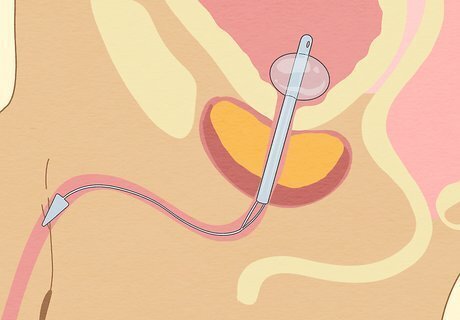
Ask about a prostatic stent if surgery and medication aren’t for you. Talk to your doctor about a prostatic stent, which is a small coil inserted into the urethra to keep it open. Most doctors do not prefer stents, but if you have severe enlargement and don’t want to manage symptoms with drugs or other procedures, it can be a viable option. Consult with your doctor about the risks and potential complications of stents. Stents can shift position over time, causing further discomfort or urinary tract infections. They can also be difficult to remove if they are problematic.
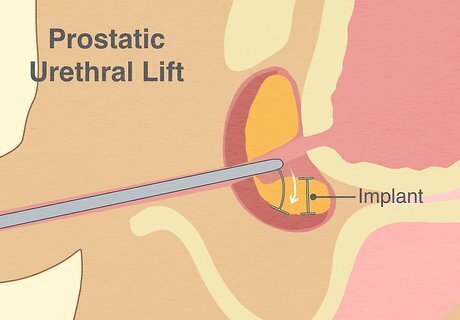
Discuss more invasive or experimental surgical options, if needed. Talk over surgical options with your doctor if your symptoms are not well-managed on medication or after minimally invasive procedures. While surgical procedures can sound intimidating, they often provide the most complete symptom relief. Your doctor can discuss the best surgical options for you given your urinary symptoms, medical history, age, and fertility needs after the surgery. Surgical options for treating your enlarged prostate may include: Open prostatectomy: a surgery in which a piece of your prostate is removed through a cut in the body or laparoscopically. Transurethral resection of the prostate (TURP): a device called a resectoscope is passed through the urethra to remove a piece of the prostate gland. Prostatic urethral lift (PUL) implants: a surgery where implants are placed to “lift” the prostate off of the urethra to relieve pain or difficulty peeing. Water ablation: a probe is passed up the urethra and uses pressurized water or steam to destroy prostate tissue. This option may be difficult to schedule since not many surgeons are trained to do it. Greenlight XPS: this procedure uses a laser fired from a probe inserted through the urethra to destroy prostate tissue. Like water ablation, access to this treatment is limited. Prostate artery embolisation: tiny plastic particles are injected into the blood vessels supplying the prostate, which causes it to shrink. This can be performed under local anesthesia as an outpatient.















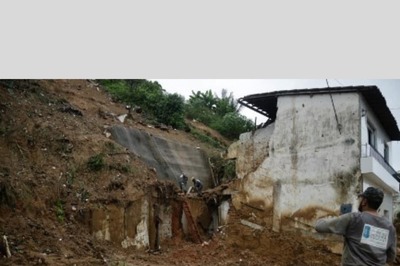
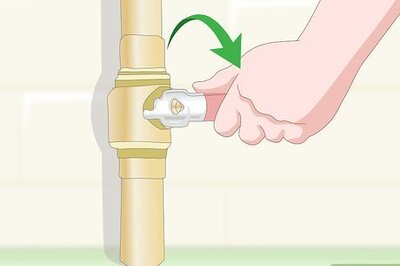
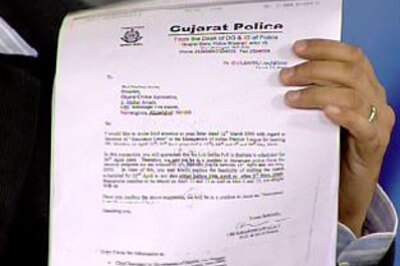


Comments
0 comment